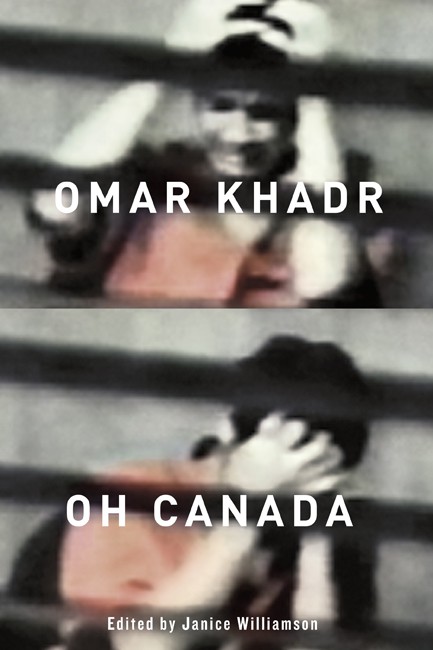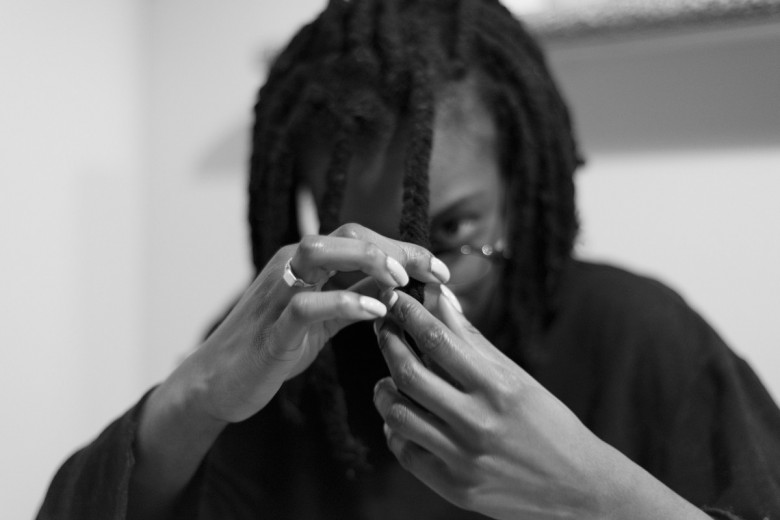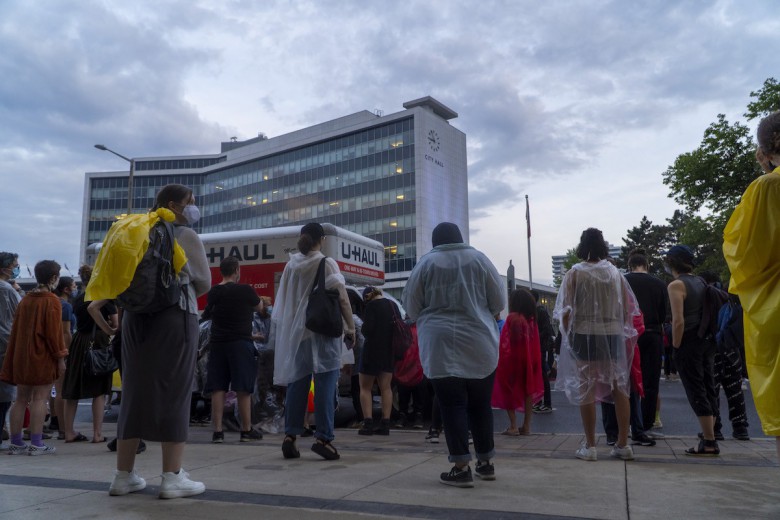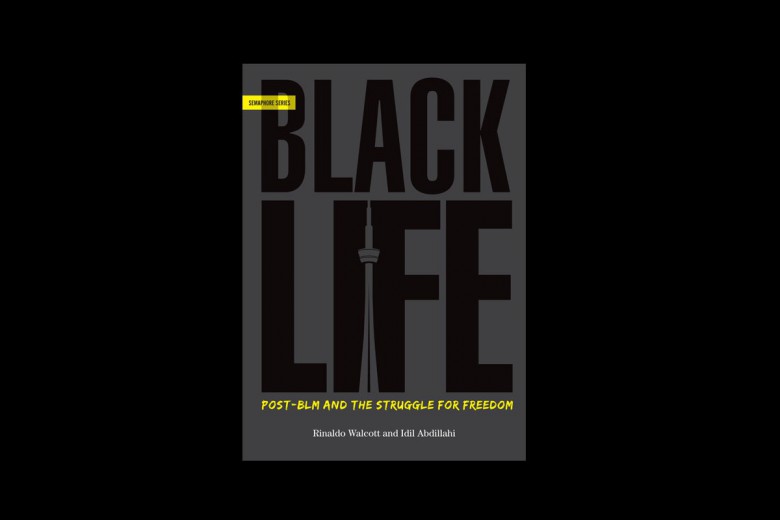
Omar Khadr, Oh Canada
Edited by Janice Williamson
McGill-Queen’s University Press, 2012
After a decade of captivity, Omar Khadr, the first child ever convicted of a war crime, became the last Western citizen to be repatriated out of Guantanamo Bay. Omar Khadr, Oh Canada, edited by Janice Williamson, is an anthology of creative and academic pieces about his detention.
Its cover features stills of a distraught teenager in a prison jumpsuit taken from a video of three Canadian Security Intelligence Service officials interrogating Khadr in Guantanamo. While such images supply crucial evidence of abuse (as with Abu Ghraib), their ubiquity is unsettling as they also remind marginalized communities of the violence with which they are uniquely threatened.
Patricio Henriquez’s thoughtful examination of the interrogation footage is one the anthology’s greatest strengths. Henriquez and Luc Côté turned the footage into the documentary You Don’t Like the Truth: 4 Days inside Guantánamo. The anthology’s excerpts from the screenplay provide the text of the interrogation. Khadr’s responses demonstrate, as Henriquez puts it, a “tremendous intellectual resistance,” thus disrupting reductions of Khadr, reluctant synecdoche for Muslims, into an icon of despair.
Another key strength is the anthology’s inclusion of three legal documents in full. The 2004 U.S. Department of Defense memorandum, which recommended 15-year-old Khadr’s continued detention at Guantanamo and described him as “in good health,” is followed by Khadr’s 2008 affidavit to the Federal Court of Canada in which he details severe injuries sustained during his 2002 capture, his torture at Bagram by U.S. Army Sergeant Joshua Claus (who would later be convicted for, among other things, the murder of two Afghani civilians there), and his torture at Guantanamo. “Besides my medical problems,” Khadr concludes, “the dreams are the worst right now.” The 2010 plea bargain provides the text of Khadr’s first confession of guilt. As the anthology’s many legal scholars scathingly recount, the U.S. and Canada (in Republican and Democratic, Liberal and Conservative iterations) continue to keep most information regarding Khadr’s capture and torture secret, rendering his legal proceedings farcical.
Notwithstanding its dissemination of primary legal material, the anthology remains over-reliant on the media for information. For instance, several contributors cite right-wing journalist Stewart Bell, despite Sherene Razack’s criticism of him in the conclusion of the book for perpetuating stereotypes of a Muslim psyche predisposed to violence.
Many contributors also describe – to the point of reinforcing – the “Khadr effect,” the phenomenon where Khadr is punished for his parents’ sins. The narrowness of this fixation forecloses meaningful analyses of the geopolitics that transformed al-Qaida in the popular imagination from U.S. ally to evil incarnate. Gar Pardy’s essay on Khadr’s family is a notable exception.
Using the human rights language common to liberal analysis of Khadr’s case, a number of essays characterize Canada’s complicity in the torture of this one child as an aberration. This belies Canada’s foundational violences, which include the widespread detention and abuse of Aboriginal children.
Several writers note that Khadr was among many children detained in Guantanamo. Marina Nemat describes how Guantanamo resembles Evin, the infamous Iranian prison in which she was detained at age 16. Monia Mazigh reminds us that the year of Khadr’s plea bargain, U.S. President Barack Obama lifted prohibitions on military-related assistance to four countries known to use underage soldiers.
Writers also show how the post-9/11 “state of exception” has made unexceptional the surveillance, incarceration, and torture of Muslims. They outline the cases of numerous Muslims who were detained abroad or deported from Canada on flimsy and often-withdrawn allegations of terrorism, and who did not receive the consular attention enjoyed by white Canadians in comparable positions. Alnoor Gova and Robert Diab advise that this inconsistency “contributes to a kind of psychological internment and social death” of Muslim communities in Canada.
Yet Shadia Drury, conflating Muslims with immigrants, argues immigrants are intent on turning Canada into something Ottoman-esque and thus have only themselves to blame for the collective guilt to which they are now being subject. Her essay, though a jarring inclusion in the collection, provides a cautionary example of how Islamophobia remains an issue in Khadr’s ongoing story.
This anthology is a helpful overview of how far the movement for justice for Khadr has come – and a reminder of how far it still has to go. One hundred and sixty-six people, all Muslim men and only six of whom face active charges, remain in Guantanamo while Khadr has been repatriated “home” to the maximum-security Millhaven Institution. The domestication of his incarceration may make it dangerously easy to forget him now since he joins a prison population whose disproportionate racialization, as Yasmin Jiwani points out in the book, is grossly normalized. The rate of incarceration of Aboriginal, black, and migrant women and men is worsening with the 2012 passage of draconian criminal laws. Thus, if campaigns for justice on Khadr’s behalf are to remain effective and thoughtful, they will have to move away from a rhetoric of exceptionalism regarding his case to a strategy of solidarity with communities already suffering the brunt of Canada’s law-and-order regime.






